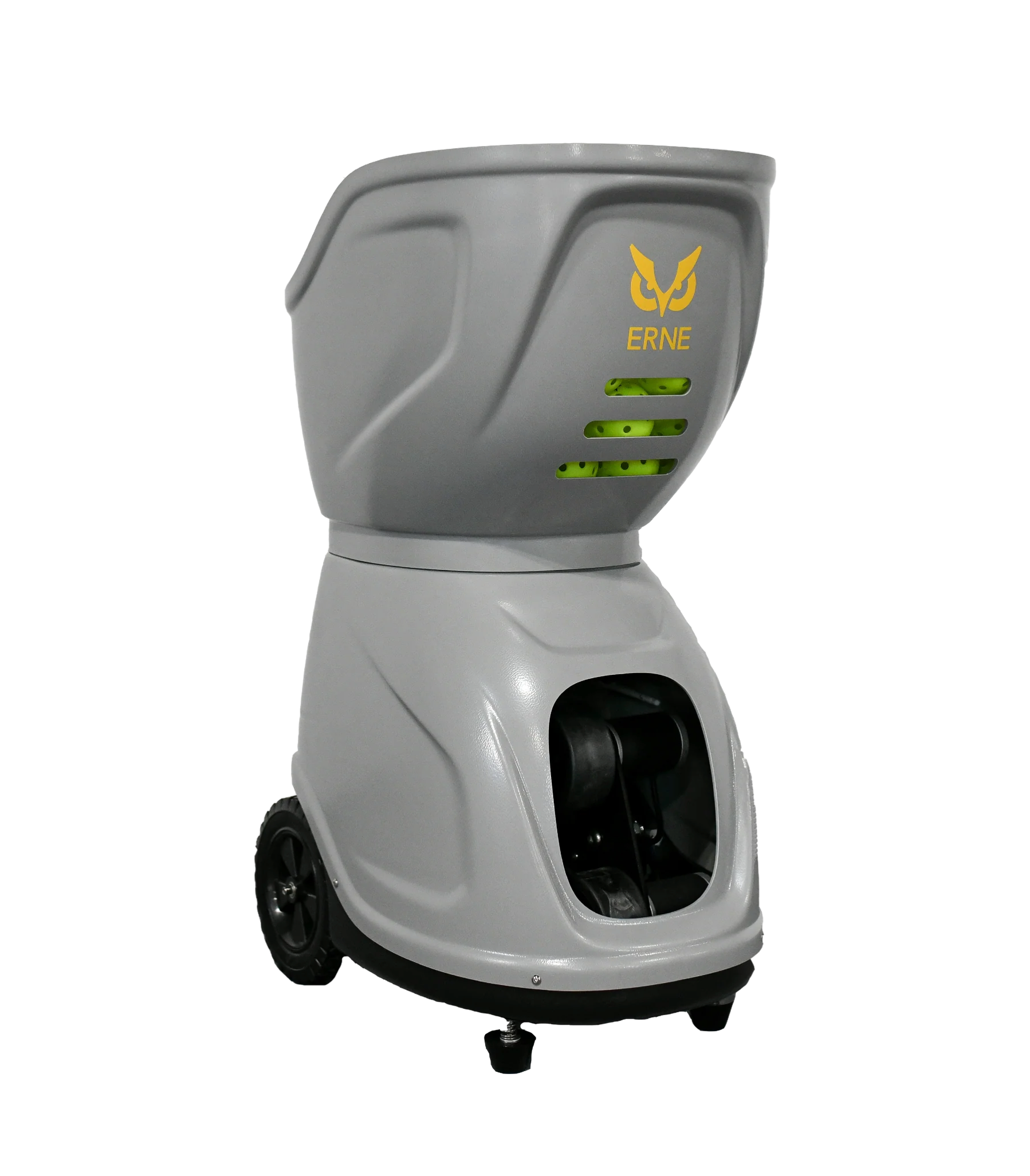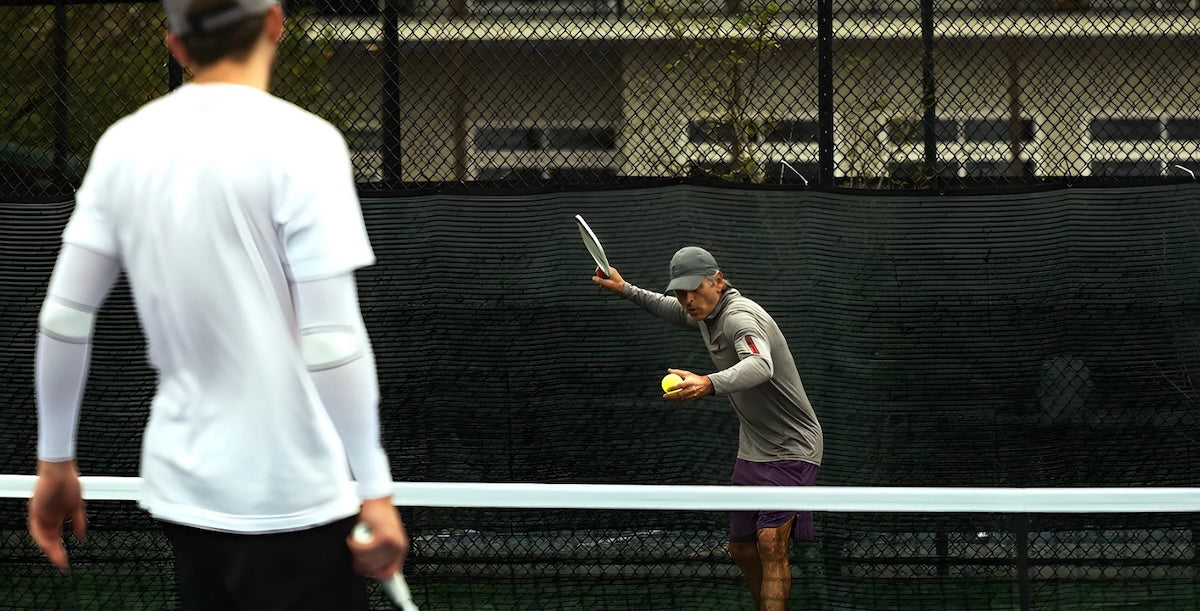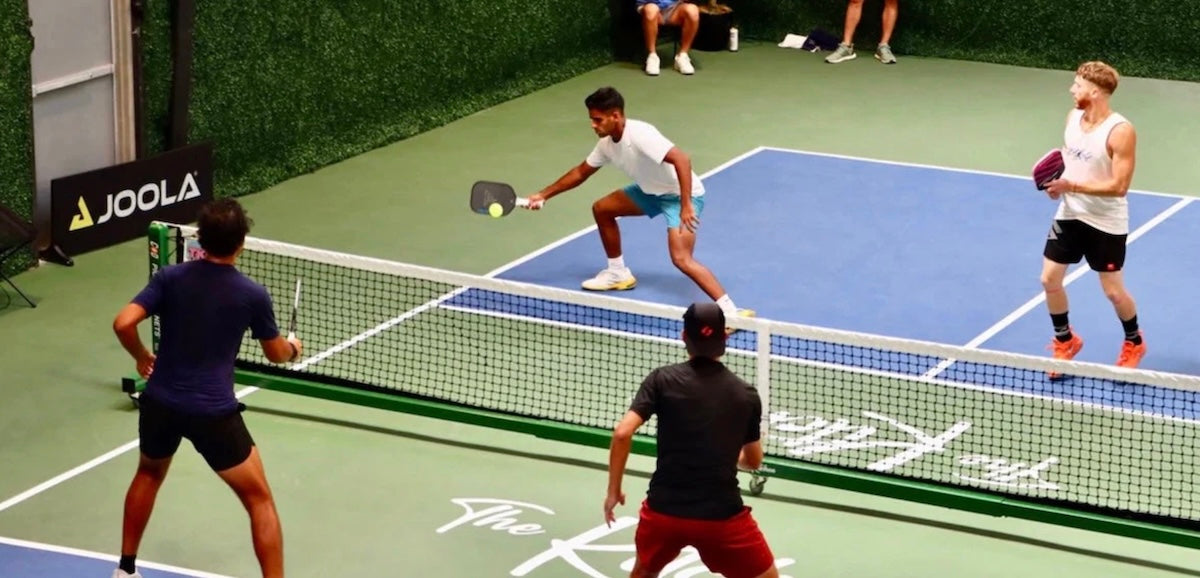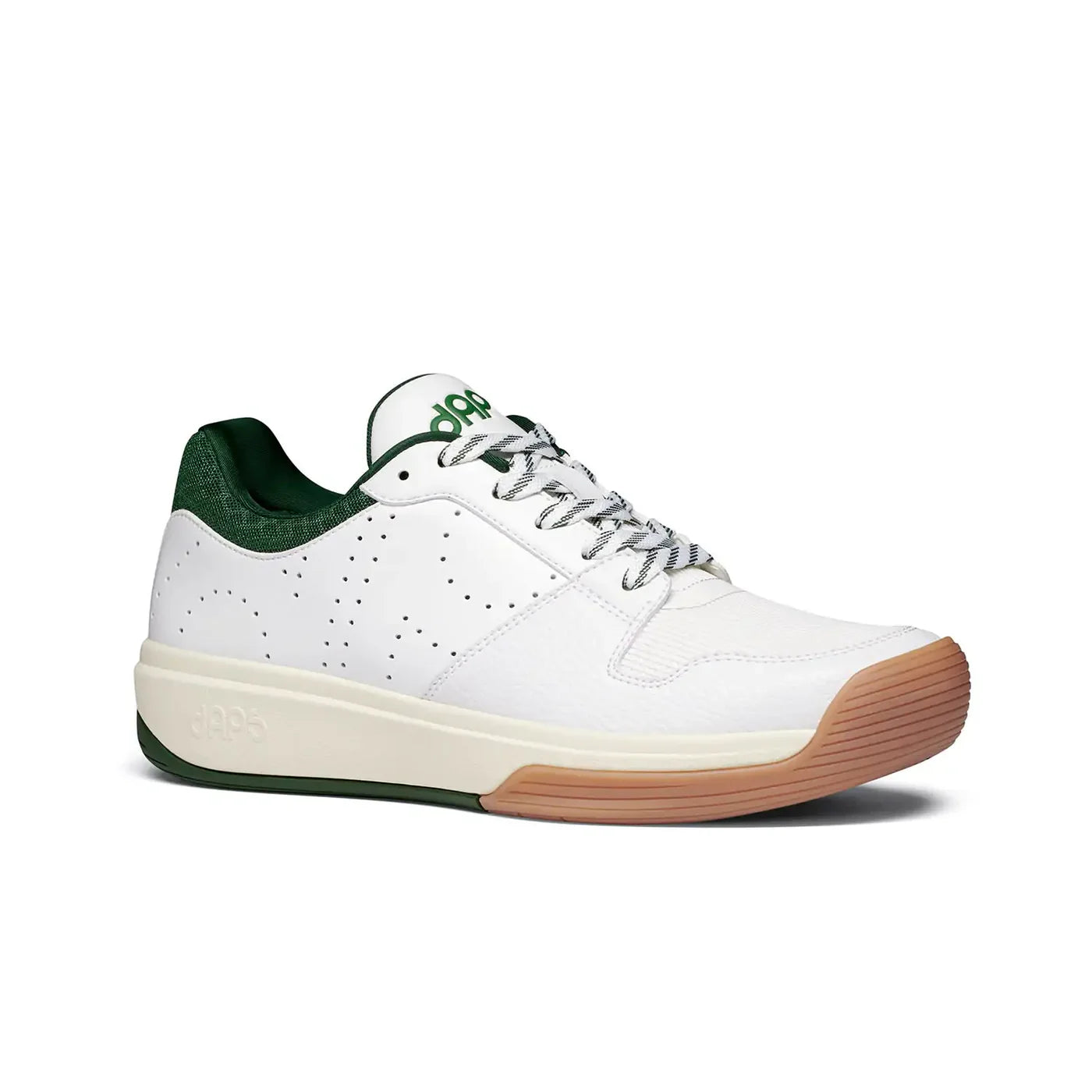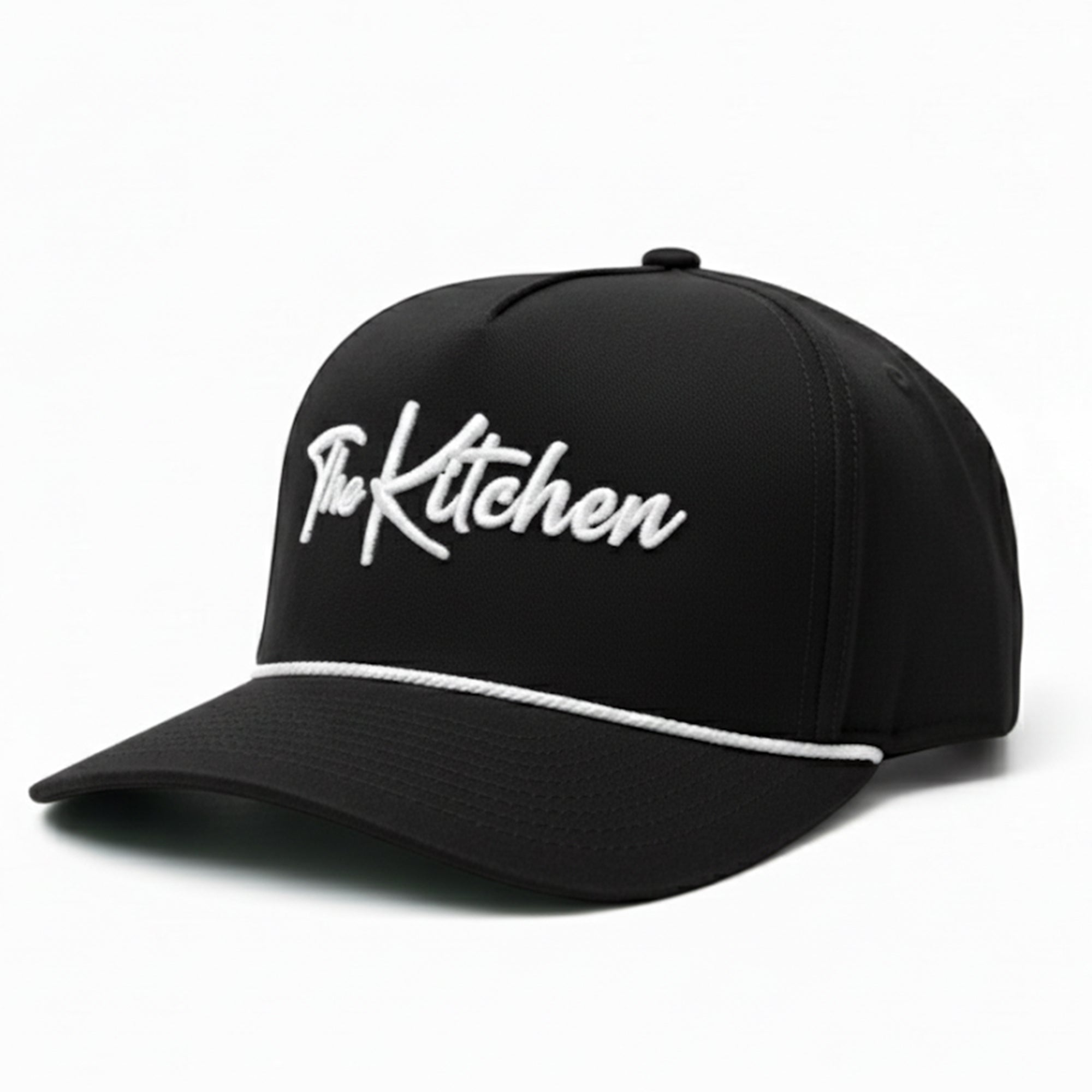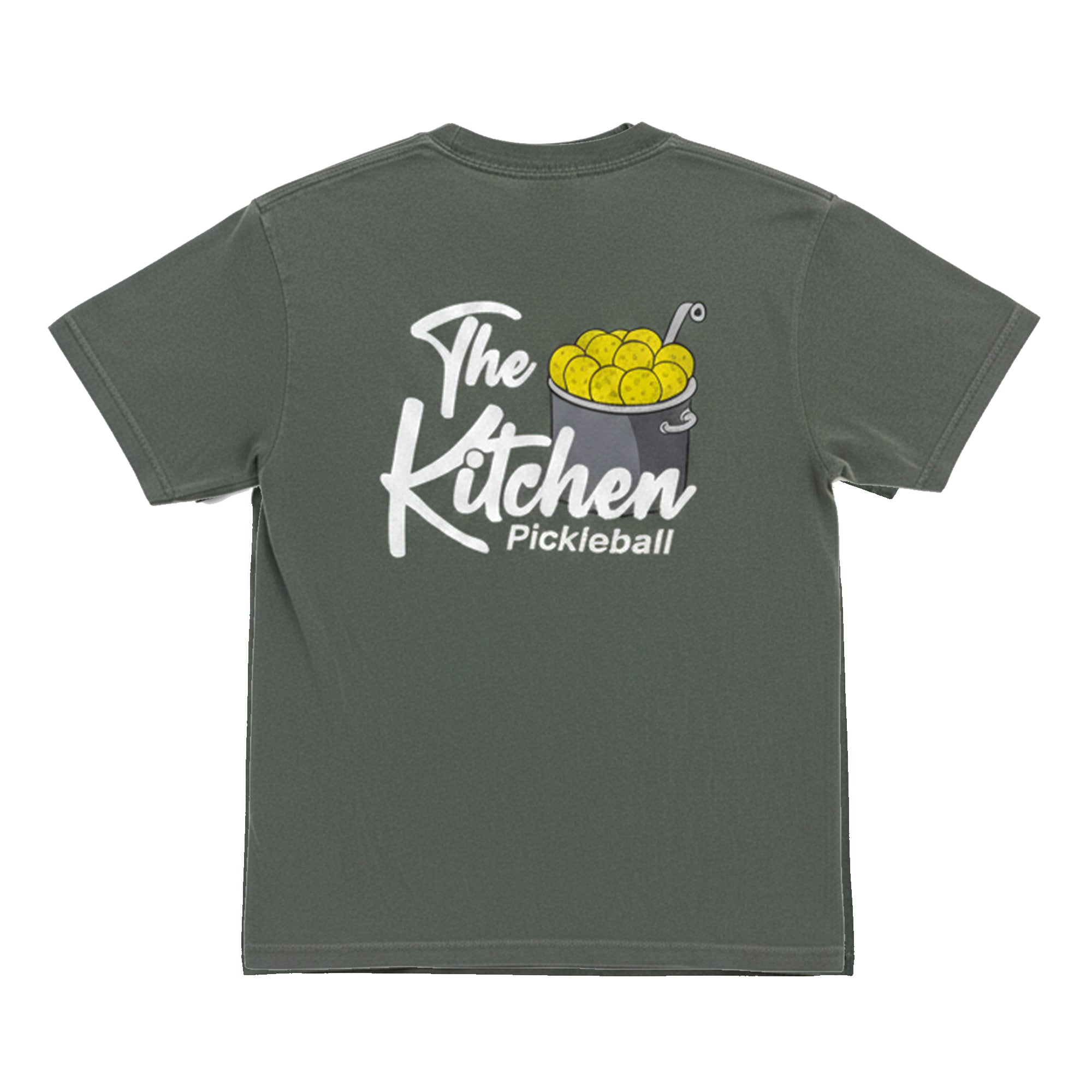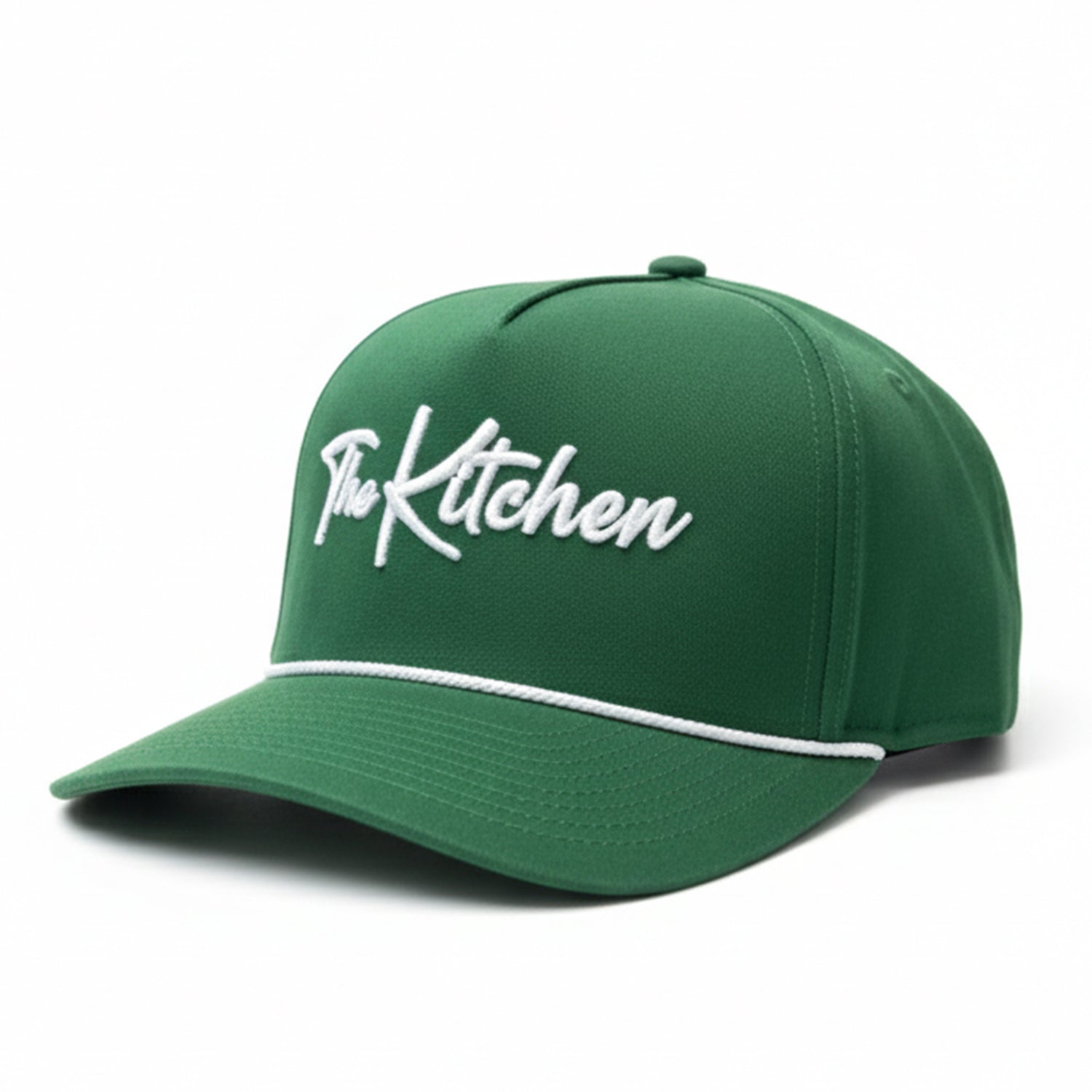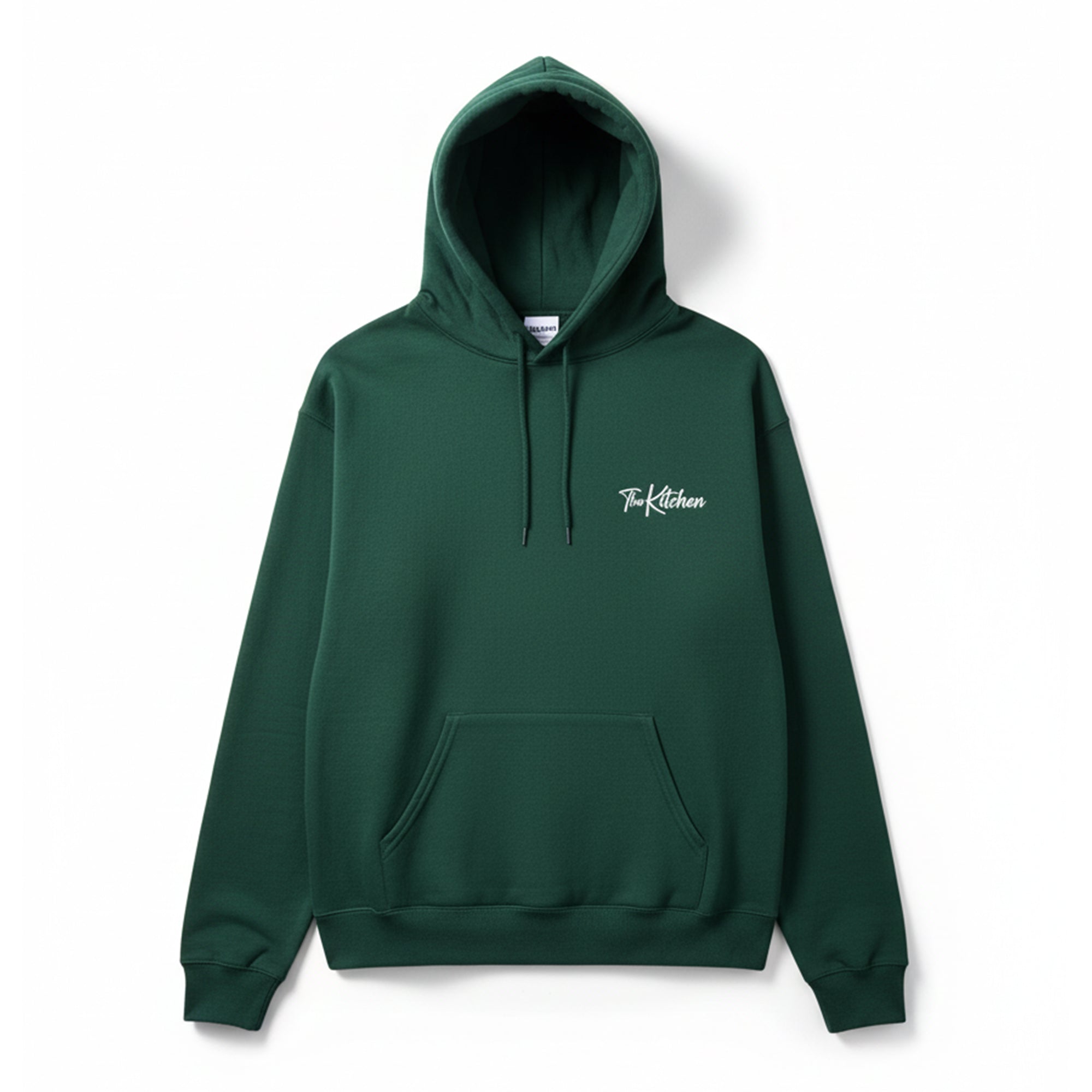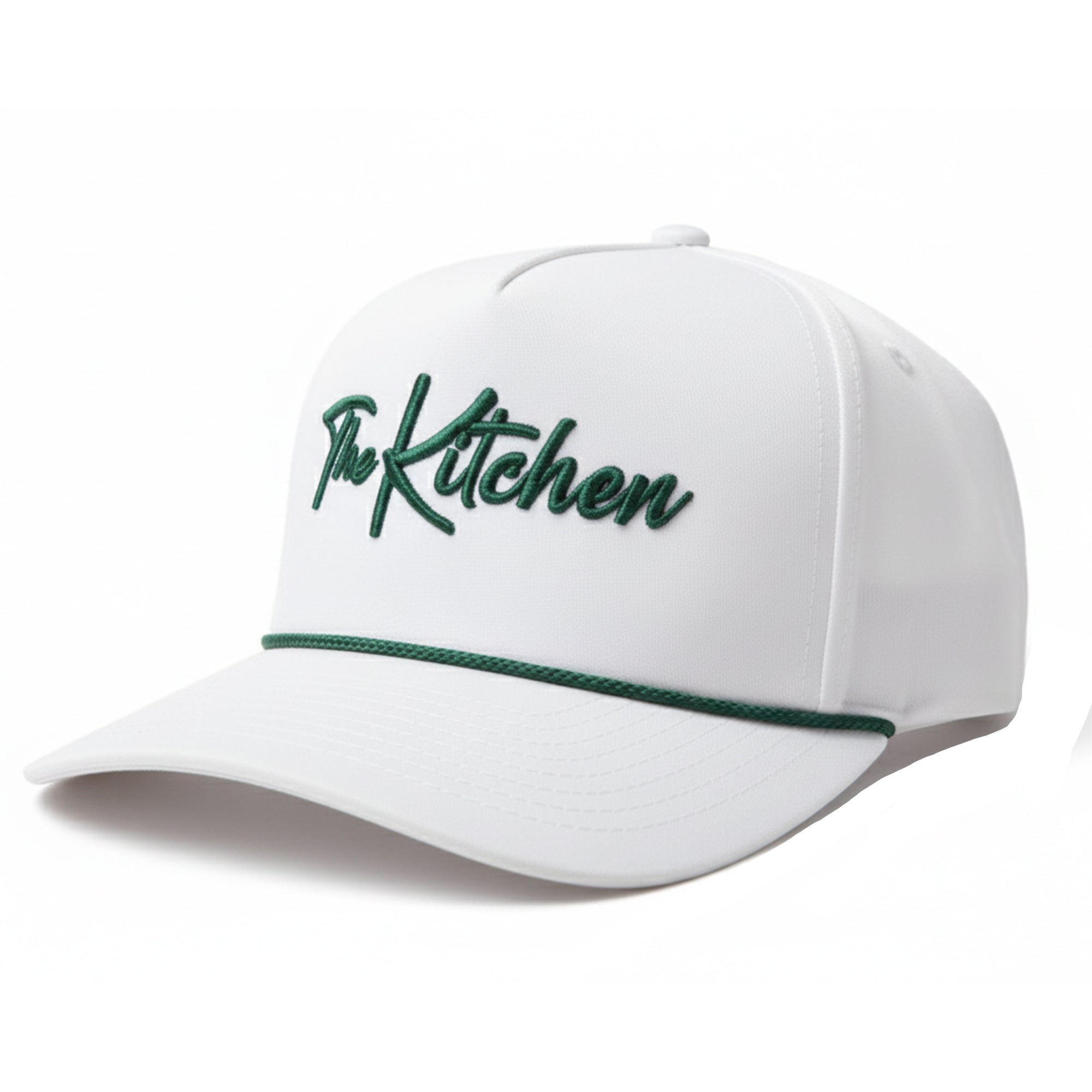How You Should Serve in Pickleball, According to a Pro
Last Edited
Jan 17 2025
Category
Instruction
In pickleball, it’s common knowledge that the returning team has the advantage since they can come to the net first. But did you know that there is a way to prevent this advantage?
Depth and power are the two most important traits of your serve. Assuming consistency, hitting a flat deep serve with no control is ten times better than a short slice serve.
Controlling your wrist is much harder than controlling your arm, making a consistent spin serve more challenging than a consistent deep serve.
Just spin alone is not enough to hit a good serve, especially now that the Chainsaw serve is no longer allowed.
Related: How to Lob in Pickleball: Technique, Strategies, and Defending
While depth technically falls under placement, I consider depth to be the distance from the baseline, while placement refers to the horizontal shift in the serve, such as hitting the T or serving out wide.
Mechanics
Weight transfer is crucial
Utilize not only your arm and wrist but also your core and legs. Since your wrist and arm add spin and therefore more variability and potential inconsistency, stabilize your shot with a solid core and legs.
Personally, I recommend following through with a step. Whether you are stepping into your serve or not, make sure to follow through into the court to avoid getting lazy and just using your arm to serve.
The Stance
I find it to be a personal preference. However, if I were to build a player from the ground up, I would recommend a more closed stance since this forces you to involve your legs in the swing more easily.
The Toss
For the ball toss, a higher ball toss results in more inconsistency with serves. I drop the ball from hip height to prevent variabilities such as wind or ball height from affecting the serve.
Dropping the ball allows me to always know where the ball will be and where I need to hit it, making it easier to track.
The Swing
A low to high swing is essential for topspin. If I were to build a player’s serve from the ground up, I’d focus on developing a heavy topspin serve before even thinking about slice.
Topspin allows you to hit the ball harder while still landing it in because you have more margin to play with, which in turn allows for more depth and power.
The Grip
For advanced players, switching grips for more topspin can be beneficial. Since you have ample time before the ball comes back to you, don’t be afraid to use a more extreme grip to get more spin on the ball.
There is zero need to use a continental grip other than for better placement. Personally, I switch to full western for my serves, allowing me to generate more topspin and power.
Another advanced technique is wrist cocking. Some pro players cock their wrist while others leave it open. I’ve experimented with both and found that cocking my wrist leads to more control and stability, resulting in fewer unforced errors.
The tradeoff for a little more power is not worth the control you lose by keeping your face open with an uncocked wrist.
Strategy
Players at any skill level should utilize service strategy to gain an advantage later in the point rather than aiming to end the point immediately.
Shift your mindset from “I’m going for an ace” to “I’m going to get us an advantage.” Your goal with serves should be to consistently get you an advantage in the points.
A good rule of thumb is to make more than 90% of your serves for singles and 95% of your serves for doubles.
Use specific serves based on player positioning. For instance, if someone prefers hitting forehand returns, there are ways to force them into a more uncomfortable position.
You can try hitting a slice serve wide to force them to hit a backhand or a hard serve down the middle “T” to pull them to the side.
If your opponent is stacking, place the serve short with spin kicking wide to the sideline to make unwinding the stack more difficult.
The best option is heavy deep serves placed into the corner of the box to gain a short return.
Jack Munro plays on the PPA, APP, and MLP Tours and currently plays for the Chicago Slice. While he's been playing since he was 10 years old, he's officially been on the pro circuit for about 2 years.
Find out more about Jack on his website, and follow his YouTube and Instagram accounts.
